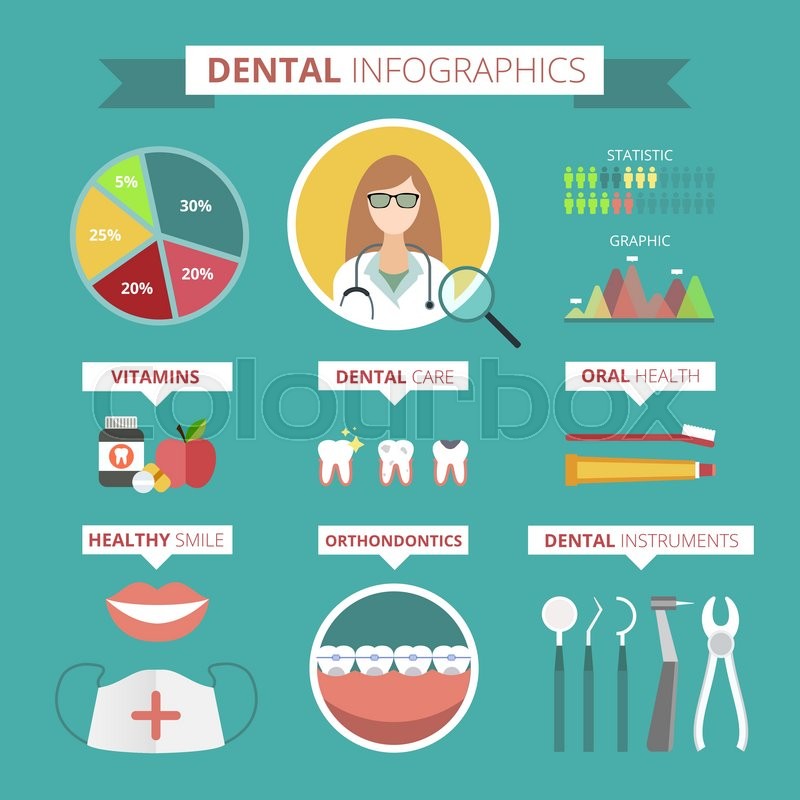The Evolution Of Oral Surgery: Emerging Developments And Developments Transforming The Discipline
The Evolution Of Oral Surgery: Emerging Developments And Developments Transforming The Discipline
Blog Article
Staff Author-Borg Terrell
Invite to the globe of oral surgery, where developments and advances are shaping the future of the field! In this interesting realm, you'll witness the transformative power of robotics, the sophisticated marvel of 3D printing, and the game-changing influence of minimally intrusive methods.
The future of oral surgery holds a guarantee of accuracy, performance, and improved person results. With Click In this article of sophisticated robotics, surgeons are able to perform complicated procedures with greater accuracy and control.
3D printing technology is changing the development of dental implants and prosthetics, supplying customized solutions that fit flawlessly into each client's one-of-a-kind anatomy.
Furthermore, minimally invasive techniques are minimizing post-operative pain and recovery time, permitting patients to return to their daily lives faster.
Prepare to check out the interesting advancements and developments that are reshaping the landscape of dental surgery!
Improvements in Robotics
One significant improvement in oral surgery is making use of robotic modern technology, which allows for precise and efficient surgeries. With https://www.dailymail.co.uk/femail/article-12099361/This-natural-whitening-aid-leaves-teeth-brighter-just-WEEK-reduced-17.html of robotic systems, dental cosmetic surgeons have the capability to execute intricate surgical treatments with improved accuracy, decreasing the danger of human error.
These robotic systems are geared up with sophisticated imaging modern technology and precise instruments that make it possible for cosmetic surgeons to browse with detailed anatomical frameworks with ease. By using robot technology, specialists can achieve higher medical accuracy, resulting in improved patient results and faster recuperation times.
On top of that, making use of robotics in oral surgery allows for minimally intrusive treatments, decreasing the trauma to surrounding cells and advertising faster healing.
3D Printing in Oral Surgery
To enhance the field of oral surgery, you can check out the subtopic of 3D printing in dental surgery. This innovative technology has the potential to reinvent the way dental specialists operate and treat people. Right here are four vital ways in which 3D printing is shaping the field:
- ** Custom-made Surgical Guides **: 3D printing allows for the production of highly accurate and patient-specific surgical guides, enhancing the accuracy and effectiveness of treatments.
- ** Related Site **: With 3D printing, oral specialists can create tailored implant prosthetics that completely fit a client's unique composition, leading to far better results and client complete satisfaction.
- ** Bone Grafting **: 3D printing enables the manufacturing of patient-specific bone grafts, minimizing the requirement for standard grafting strategies and enhancing recovery and healing time.
- ** Education and learning and Training **: 3D printing can be utilized to produce practical surgical designs for instructional purposes, allowing oral doctors to practice intricate procedures before performing them on people.
With browse this site to boost accuracy, customization, and training, 3D printing is an amazing development in the field of oral surgery.
Minimally Intrusive Methods
To further progress the area of oral surgery, embrace the capacity of minimally intrusive techniques that can greatly benefit both specialists and individuals alike.
Minimally intrusive techniques are reinventing the field by lowering surgical injury, minimizing post-operative discomfort, and speeding up the recovery process. These strategies include making use of smaller sized cuts and specialized instruments to do treatments with accuracy and efficiency.
By utilizing sophisticated imaging modern technology, such as cone light beam calculated tomography (CBCT), doctors can accurately plan and perform surgical procedures with minimal invasiveness.
In addition, using lasers in oral surgery permits precise cells cutting and coagulation, resulting in lessened bleeding and lowered recovery time.
With minimally invasive methods, patients can experience faster recuperation, minimized scarring, and boosted outcomes, making it a crucial facet of the future of oral surgery.
Final thought
So, as you can see, the future of dental surgery is extremely appealing, with amazing advancements and developments forming the field.
From the innovations in robotics to the use of 3D printing and minimally invasive methods, oral doctors are transforming the method they supply care.
While some may worry about the prospective expense associated with these improvements, it is essential to keep in mind that these modern technologies ultimately improve person outcomes and decrease recovery time, making them well worth the investment in the long run.
